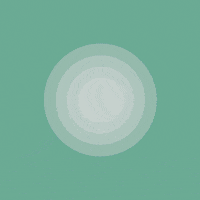Everyone has felt sad or blue from time to time, but major depression goes well beyond temporary feelings of sadness or going through a rough spot. Depression (major depressive disorder or clinical depression) is a common but serious mood disorder that can cause severe symptoms affecting how you feel, think, and handle daily activities. Some will only experience one depressive episode in a lifetime, but for most, depressive disorder recurs. Left untreated, depression can be a devastating plan for the person and their family. Fortunately, with early detection, diagnosis and a treatment plan consisting of medication, psychotherapy and healthy lifestyle choices, many people get better.
Depression is not uniform, Depression is not uniform. Signs and symptoms may be experienced by some sufferers and not by others. How severe the symptoms are, and how long they last depends on the individual and his illness. Below is a list of the most common symptoms: Constant feelings of sadness, anxiety, and emptiness:
- Changes in sleep, appetite and energy levels may be increased or decreased
- Lack of concentration
- Loss of energy or agitated purposeless energy
- Lack of interest in activities once enjoyed by the person, Hopelessness or guilty thoughts
- Physical aches and pains
- Suicidal thoughts
